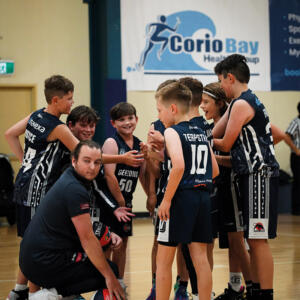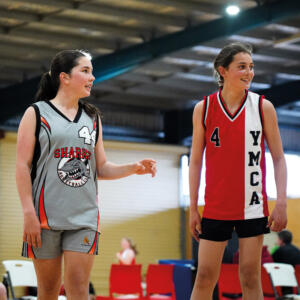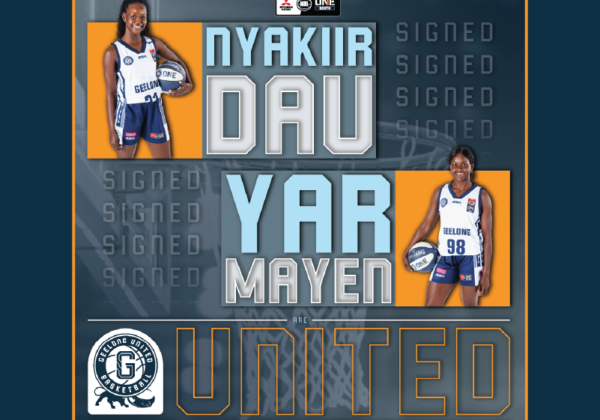Geelong United Basketball is Australia’s largest regional basketball association and is committed to upholding association values across all activities.
Purpose drives Geelong United Basketball to create frameworks for clubs, athletes, coaches, officials and volunteers to contribute and grow. To create pathways of participation and excellence in basketball and showcase the health, lifestyle and social benefits of basketball.
Promoting lifelong activity through basketball.
2024 Geelong United Basketball Life Members
Geelong United Basketball (GUB) is proud to announce our newest Life Members. Presentations were held last Friday, April 12 at the first Geelong United home game for the 2024 NBL1...
Read moreGEELONG UNITED BASKETBALL BRAND TRANSITION NOW COMPLETE
Geelong United Basketball (GUB) are pleased to announce the completion of their brand transition. From...
Dau & Mayen Are United
Geelong United is excited to welcome our newest additions to the NBL1 Women’s roster, Nyakiir...
Petree Is United
Geelong United is excited to welcome our newest import player to the NBL1 Women’s roster,...






















